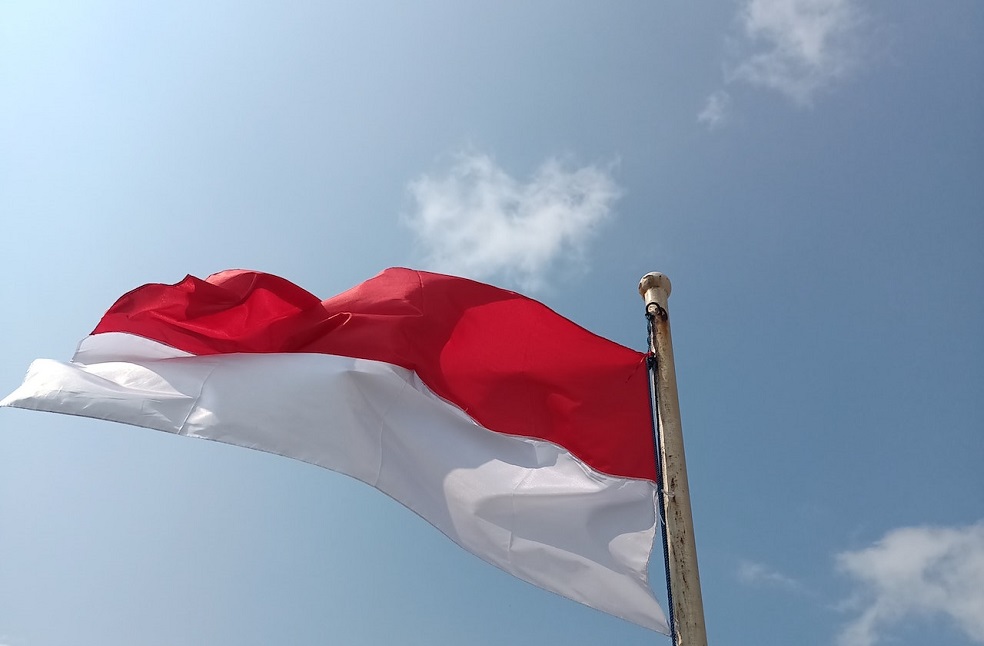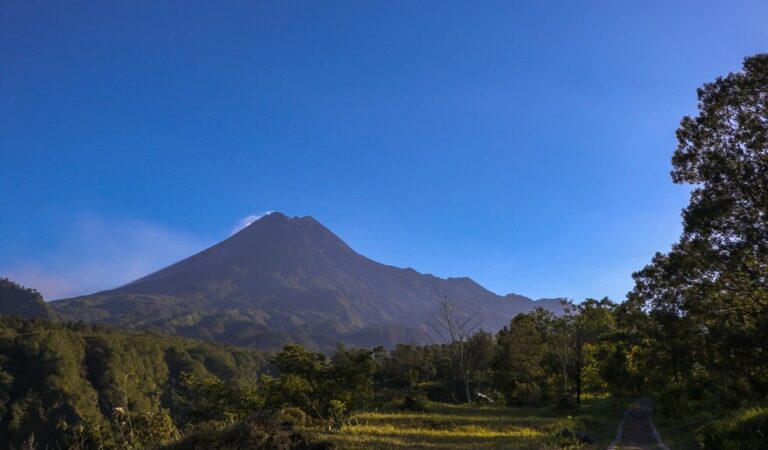Indonesia: Search and rescue officials reported that heavy rains on the Indonesian island of Sumatra resulted in flash flooding and a cold lava flow from an active volcano, killing at least 37 people and injuring over a dozen more.
When rainy weather descends a volcano’s slopes, a mixture of volcanic debris, including ash, sand, and stones, is released as cold lava, or lahar.
Near the base of Mount Marapi, an active volcano in western Sumatra, thick muck and ash partially covered roads and mountainside settlements, according to images released by Indonesia’s disaster response agency.
More flooding was recorded in four districts, including the Agam Regency, where heavy rains carried away inhabitants and flooded over 100 houses and buildings. The agency said that the volcanic mudslides had damaged 16 bridges and 84 dwelling units.

Abdul Muhari, a communications official at Indonesia’s disaster response agency, said in a statement that at least 37 people had perished in the rain and volcanic mudslides. He also added that 35 bodies had been identified, the majority of which were from Agam Regency, an administrative subdivision with about 500,000 residents.
Among the most active volcanoes in Indonesia, which is located on the Pacific Ring of Fire and has 127 active volcanoes total—more than any other place in the world—is the 2,891-meter-high (9,500-foot) Mount Marapi.
Eleven eruptions have occurred in the early 21st century, with the deadliest one occurring in 1979 and killing sixty people. Twenty-three climbers were murdered in an eruption that occurred in December. Ash shot up to 3,000 meters (9,843 feet) in the air, coating nearby towns, roads, and cars.
When Mount Marapi erupted again in January, locals and tourists were advised by Indonesian government authorities not to go within a 4.5-kilometer (2.8-mile) radius of the crater where the eruption occurred.



